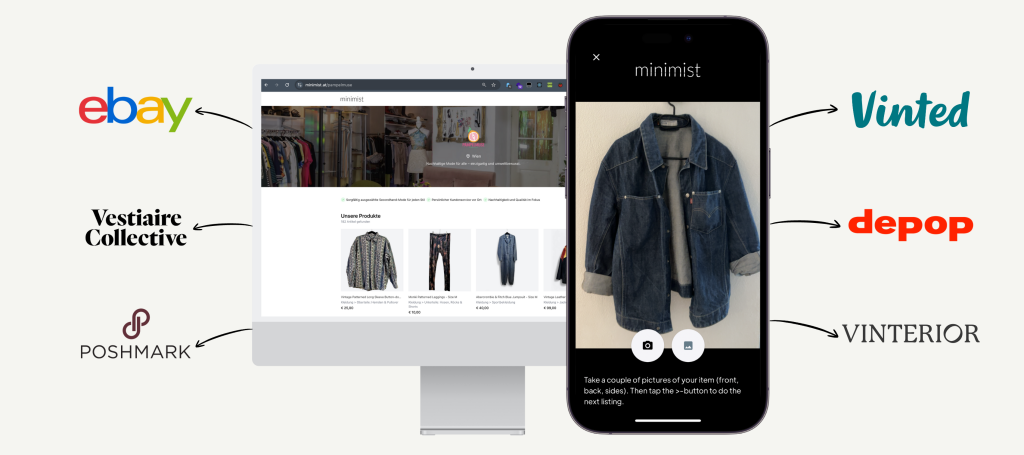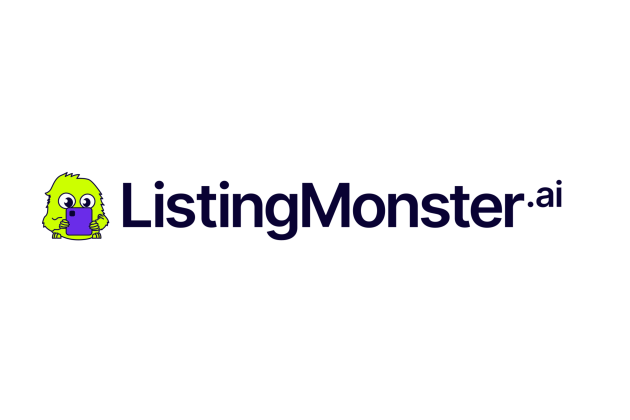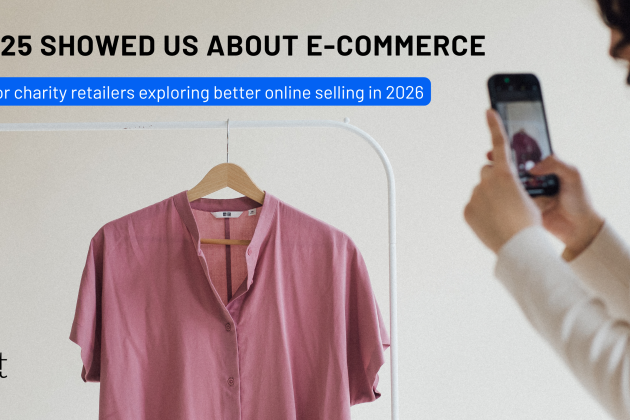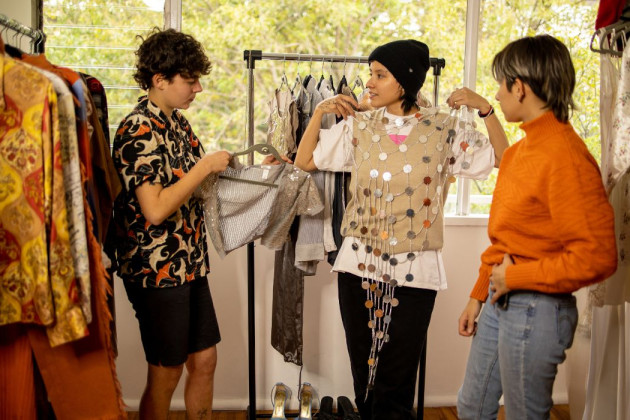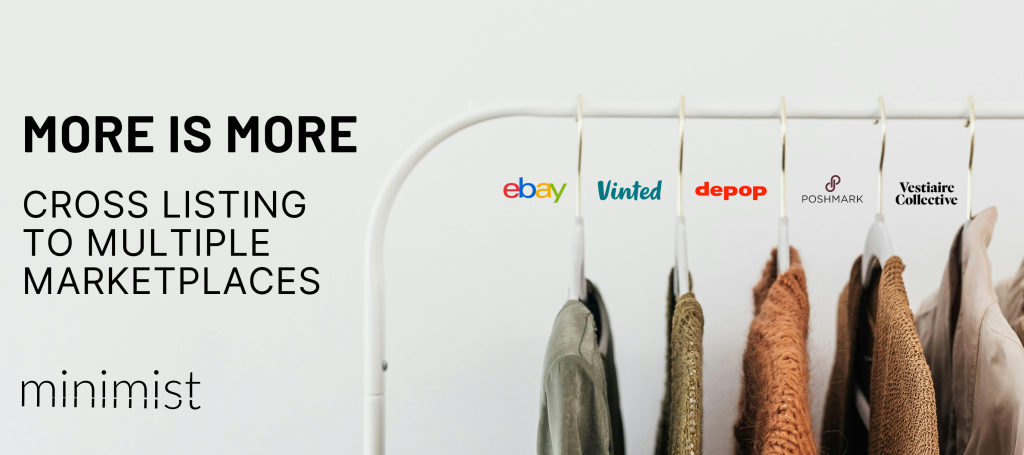
So often the conversation around selling on online marketplaces revolves around a simple concept - “which one?”. Today we unpack why that question should shift to the plural, “which ones?”. Selling on multiple platforms is an excellent way to reach more buyers and make more sales - and with the right tech it doesn’t have to add stress or extra time to your day.
Q1: “How much extra difference will it really make?”
A lot more than you think. According to research from Sellbrite, retailers who sell on three or more marketplaces generate 143% more revenue than those sticking to fewer. Why? Because every platform attracts a different type of buyer:
eBay attracts bidders and bargain-hunters.
Vinted appeals to younger, fashion-focused shoppers.
Other platforms may suit niche categories like collectibles, furniture or electronics.
By only listing on one site, your best items may never even reach the buyers most willing to pay fair value. For charity shops, that often means:
Slower turnover of high-quality donations
Great items stuck in storage
Lower overall funds raised for your cause
Even a handful of extra sales each month across an additional marketplace can add up to hundreds of pounds more for your charity.
Q2: “Won’t it be too complex to manage?”
Not anymore. The biggest fear is that multi-platform selling means duplicated effort – rewriting listings, tracking what sold where, and risking double sales. And yes, if you did it manually, it could be messy.
But today’s tools make it straightforward:
Create one listing and push it to multiple sites in seconds.
Automatic updates when an item sells – no double-selling risk.
Sync your stock across eBay, Vinted and others without extra admin.
With tools like Minimist, built specifically for UK charity shops, your team can scan an item, generate a listing, and publish it everywhere at once. It’s designed for teams with limited time and any level of technical knowledge.
Q3: “We don’t have time, volunteers are already stretched.”
Selling on more than one platform could actually save time. Right now, many charity retailers spend hours relisting unsold stock on a single marketplace, manually refreshing listings and discounting them after they go unsold. Cross-listing spreads your chances of finding the right buyer faster which means:
Less time babysitting listings
Faster turnover of donations
More volunteer hours freed up for the shop floor
In practice, teams find that listing once to multiple platforms is often quicker than managing relists and markdowns on just one.
Q4: “What if one platform works fine for us already?”
Relying on one platform can be risky. Platforms change rules, fees, and algorithms rather quickly, meaning last month’s wins can’t always be easily replicated. By diversifying, you protect your sales stream and reduce dependence on a single channel.
Plus, different items perform better in different places:
Branded fashion may sell fastest on Vinted, Poshmark
Collectibles may reach higher bids on eBay
Furniture or electronics may do better elsewhere
Spreading listings means maximising each donation’s value.
Q5: “Where should we start?”
Start small and build up. You don’t need to go all-in from day one, test multi-platform selling with:
High-value donations first – branded clothing, rare books, small electronics.
Clear, searchable titles – include brand, size, material and colour.
Track what works – note which categories perform best where.
Set a rhythm – even 5 to 10 cross-listed items a week can deliver results.
Final Thought
UK charity shops are already doing incredible work in communities and online. But by only listing on one marketplace, many are leaving significant revenue untapped.
Cross-listing doesn’t have to be complex or time-consuming. With the right tools and a simple strategy, selling on multiple marketplaces can become a low-effort, high-reward habit.
